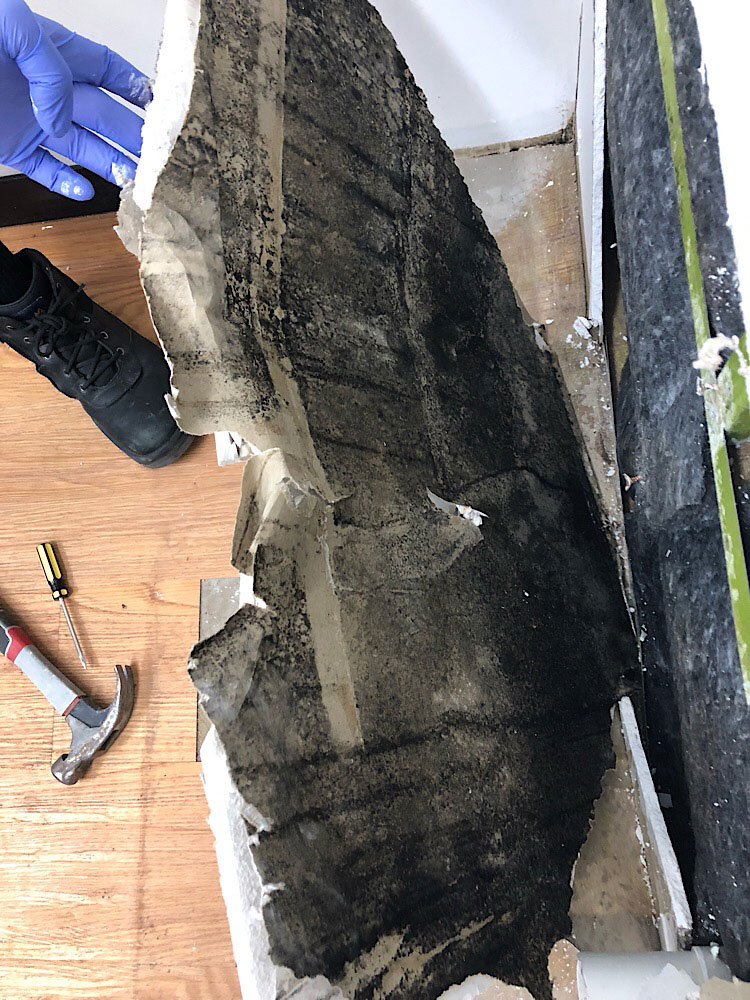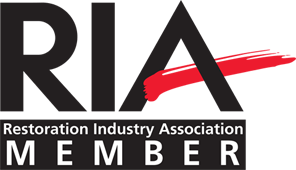Mould is caused by water or moisture to surfaces which have not been adequately dried.
If left untreated or undiscovered, mould can become harmful to the health of occupants of the home or business.
There are 3 significant steps in remediating mould contamination from surfaces.
- Containment; we will install adequate containment to prevent mould spores from aerosolizing along with installation of air-scrubbers to remove any airborne contaminants.
- Removal: physical removal of the mould is required and this can involve cutting out of the damaged surface, such as plasterboard, or HEPA vacuuming the surface followed by application and cleaning with anti-mould solution.
- Prevention: As mentioned above, mould is the result of moisture or water. If the surface, such as a wall or floor, is not adequately dried following removal of the mould, it is more than likely to reappear. Structural drying will be recommended, as required, to ensure the affected surface is completely dry thereby preventing mould from reappearing.


Sometimes it can be difficult to identify where and why the mould has appeared. Our extensive experience with mould and water damage claims has given us the knowledge to identify the likely source.
Our IICRC approved mould technicians will complete a site inspection to determine the best method of remediation including whether installation of containment and air purifying equipment is required.
Once treatment is completed, we can also arrange clearance testing by a third party mould approved hygienist.

